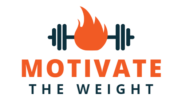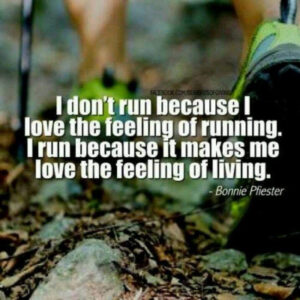In today’s fast-paced world, finding time for physical activity can often feel like a challenge. The demands of work, family, and daily responsibilities can lead to a lack of physical activity, which, over time, can have negative effects on our overall health and well-being. However, understanding the common barriers to physical activity and learning how to overcome them can pave the way for a healthier and more active lifestyle.

The Modern Sedentary Lifestyle:
One of the leading causes of a lack of physical activity is the prevalence of sedentary lifestyles. Many jobs involve prolonged sitting, and advancements in technology often keep us glued to screens for extended periods. This reduced movement can contribute to weight gain, muscle weakness, and various health issues.
Busy Schedules and Time Constraints:
Balancing work, family, and personal commitments can leave little time for exercise. Busy schedules may make it challenging to find dedicated time for physical activity, leading to a cycle of inactivity. However, with proper time management and prioritization, carving out time for exercise is achievable.
Lack of Motivation:
A lack of motivation can deter individuals from engaging in physical activity. The initial excitement about starting an exercise routine can wane over time, making it difficult to stick to a consistent regimen. Finding ways to stay motivated, such as setting realistic goals, tracking progress, and participating in enjoyable activities, can help combat this barrier.
Health Issues and Physical Limitations:
Health conditions and physical limitations can pose significant barriers to physical activity. Chronic illnesses, injuries, or disabilities might restrict certain types of exercises. Consulting with healthcare professionals and fitness experts can provide guidance on safe and suitable exercises that cater to individual needs.
Overcoming Barriers and Taking Action:
While the barriers to physical activity are real, they are not insurmountable. Here are some strategies to overcome these obstacles and lead a more active lifestyle:
- Prioritize Physical Activity: Recognize the importance of exercise for your overall health and well-being. Make it a non-negotiable part of your routine.
- Set Realistic Goals: Establish achievable goals that match your current fitness level. Gradual progress is key to building long-lasting habits.
- Find Activities You Enjoy: Engage in activities that you genuinely enjoy. Whether it’s dancing, hiking, swimming, or cycling, doing something you love increases the likelihood of sticking with it.
- Incorporate Movement into Daily Life: Look for opportunities to add movement throughout your day. Take short walks, use stairs instead of elevators, or do stretching exercises during breaks.
- Create a Support System: Surround yourself with individuals who encourage and support your fitness journey. Consider joining fitness classes or groups.
Overcoming the barriers to physical activity requires determination, planning, and a positive mindset. By identifying the factors that hinder your engagement in physical activity and actively seeking solutions, you can take significant steps toward adopting a healthier lifestyle. Remember, the journey to increased physical activity is a personal one, and small changes can lead to meaningful improvements in your overall health and well-being.
As an Amazon Associate we earn from qualifying purchases through some links in our articles.




